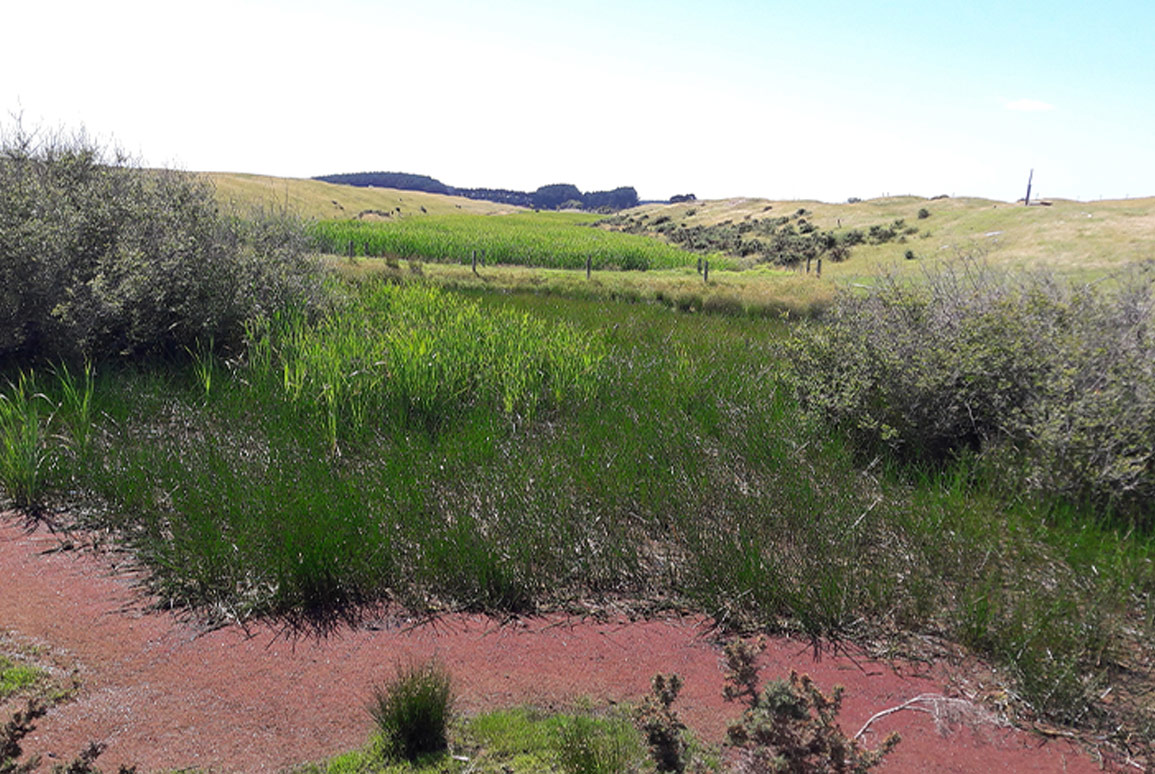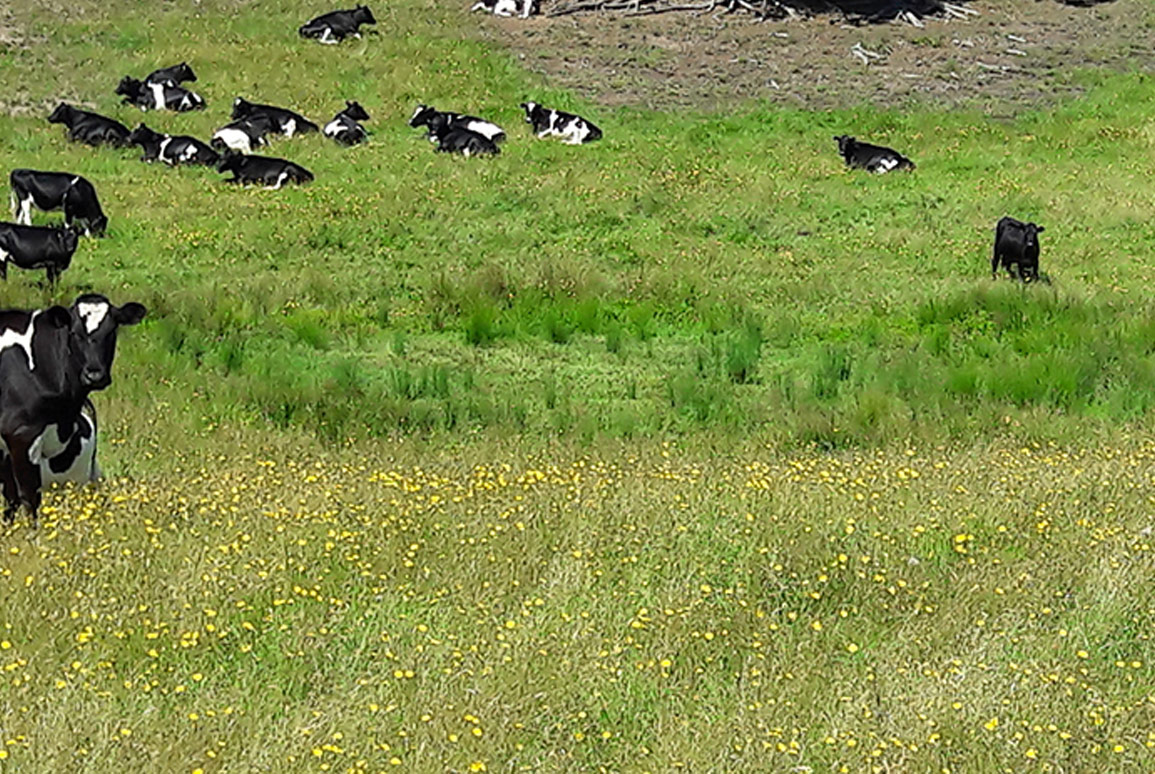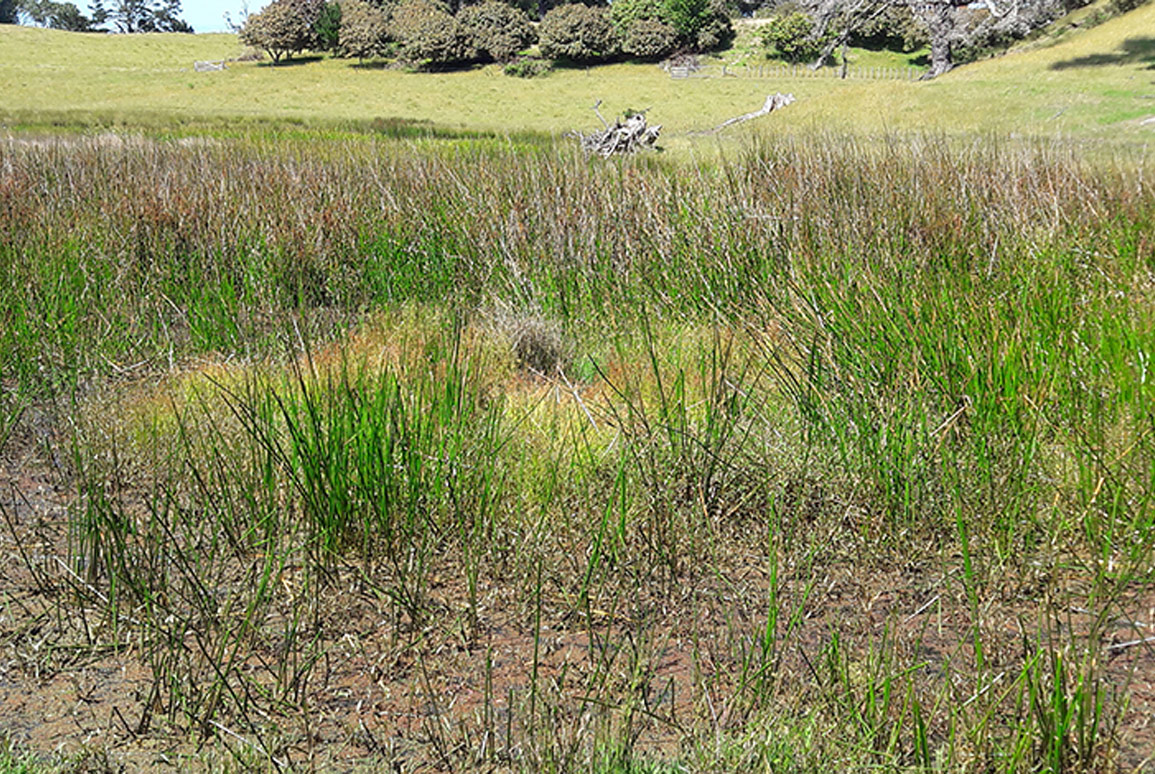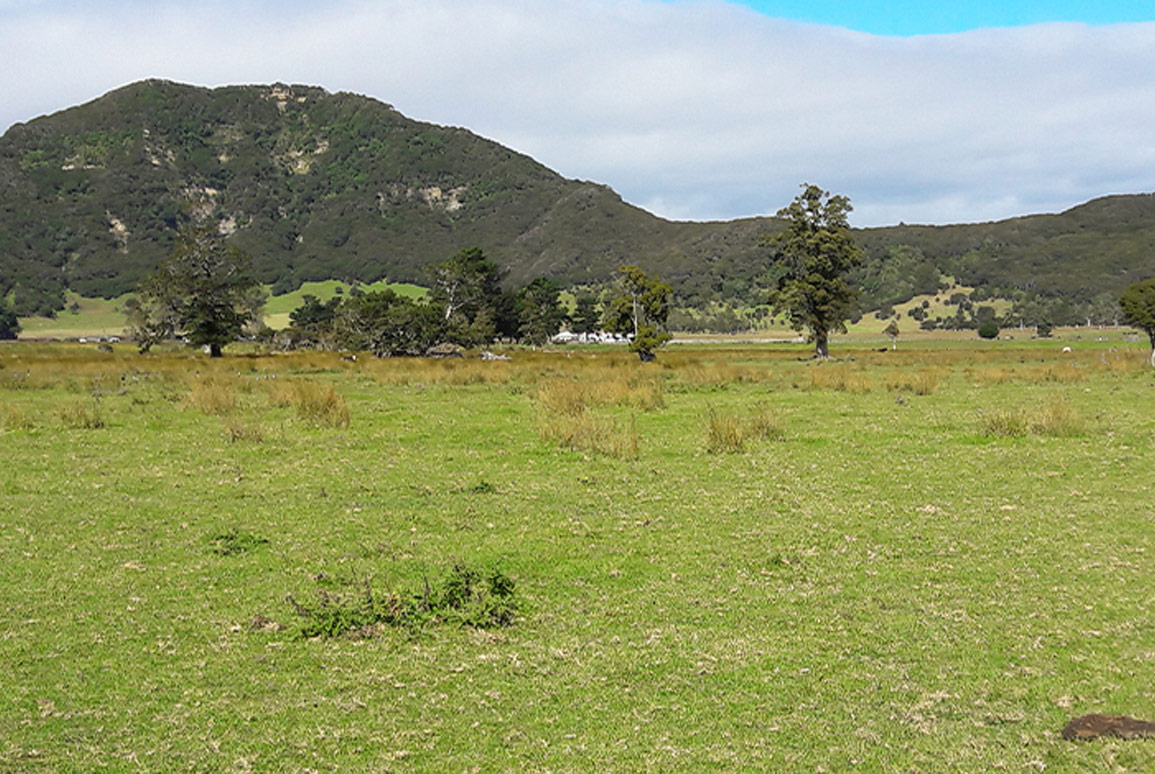Opinion: The (wetland) elephant in the room
17 May 2021
Recently released Environmental Standards and Policy Statements are a step towards addressing the ongoing problem of wetland loss, says ecologist Sarah Flynn. But there's still plenty of confusion that needs to be resolved.

The importance, characteristics and functions of wetland ecosystems, and the level of threat they face, are better recognised by landowners, regulators and environmental practitioners than they have ever been. Despite this awareness, wetland loss has continued in many regions of the country in recent decades[1] . Concern over this attrition and its impacts on water quality and biodiversity decline has prompted the Ministry for the Environment (MfE) – Manatū Mō Te Taiao to make the partial or total drainage of a natural freshwater wetlands a prohibited activity in the National Environmental Standards for Freshwater 2020 (NES-F).
However, determining what areas these severe constraints apply to has generated confusion and debate. Recent draft guidance on interpretation of the National Policy Statement for Freshwater Management 2020 (NPS-FM) definitions has been similarly ambiguous.
Part of the dilemma is that, while the rate and extent of human-induced wetland ecosystem loss is the reason for the stringent protection provided to wetlands in the NES-F, the landscape hydrology and hydric soils (soil which is permanently or seasonally saturated by water resulting in anaerobic conditions) remain, and may be widespread. For example, the Waikato Region has 94,000 ha of peat soils (a hydric soil type), of which 75,000 ha is currently in pastoral farmland[2]. Table drains intersecting an area of low-lying land are a hallmark of a modified wetland ecosystem.

These landforms are arguably still wetland ecosystems (though drainage has removed most indigenous wetland communities and functions), with hydric soils and wet-tolerant plants persisting and spreading wherever drainage systems are not maintained. Wetland delineation tools will still identify all or part of these farmed areas as wetlands and make them subject to the NES-FM restrictions.
The NPS-FM provides an exception to the definition of a natural wetland which excludes areas that are more than 50% “improved pasture” and are subject to [only] temporary, rain-derived water pooling. However, this exemption sidesteps the policy challenge that this issue identifies, which is that piecemeal protection of small patches where wet-tolerant, non-pasture species persist will not address the ongoing water quality degradation, carbon emissions and biodiversity decline in these large wetland hydro-systems.
The NPS-FM goes on to define improved pasture as “deliberately sown or maintained for the purpose of pasture production, and species composition and growth has been modified and is being managed for livestock grazing”. This specification does not appear to allow for horticulture, or for non-grazing, regenerative management of pasture, such as making of hay or silage, fallowing, or even beekeeping.

The NES-F standards were intended to protect wetlands and address agricultural practices that degrade them. However, the rigidity of the prohibited activity status for works within a natural wetland likely to result in its drainage (total or partial), and the exemption for pastoral farming, may create an unwillingness to risk adoption of more restorative land use practices. MfE is currently preparing further guidance on the interpretation of NPS-FM policy. Hopefully there is scope to offer a more nuanced interpretation that allows for flexibility to modify degraded wetland systems, provided a net improvement in ecosystem health and water quality is achieved.
[1] Denyer, K and Peters, M 2020: The root cause of wetland loss in NZ. National Wetland Trust.
[2] Understanding dairy production systems on peat soils in Waikato. https://www.ruraldelivery.net.nz/stories/ Dairying-and-Peat-Soils
Find out more Draft Wetlands Definitions: feedback sought by MfE
For further information please contact Dr. Sarah Flynn


